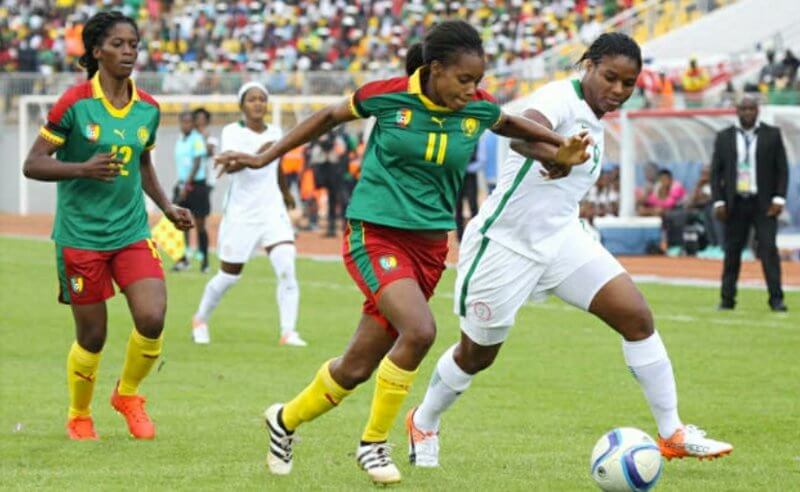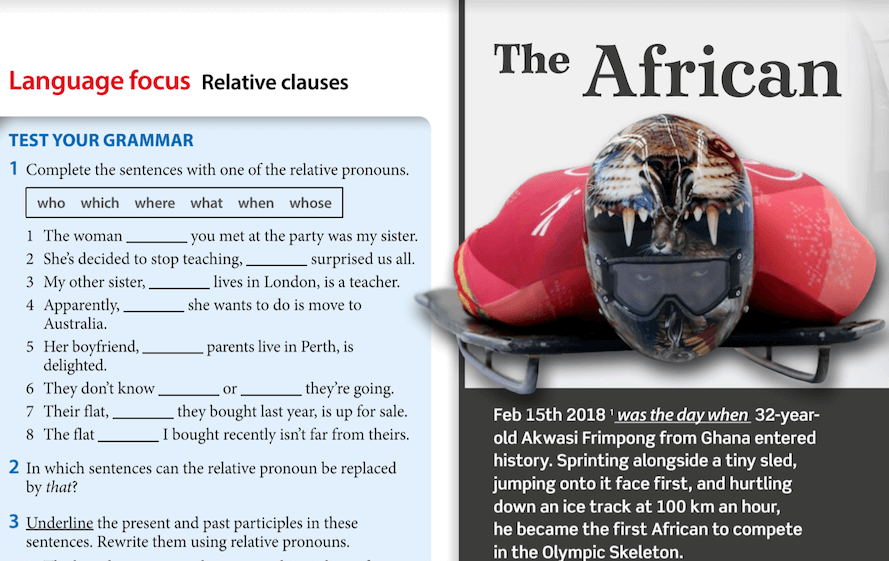Why Africa’s women soccer teams lag behind in FIFA ranking

ABUJA, March 28, 2018 – Women soccer teams from Africa countries’ inability to make the quarterly FIFA women’s World Ranking since its inception in 2003 due to prolonged inactivity is a source of concern for women’s football enthusiasts across the continent.
In its most recent rankings released on March 23, however, Rwanda, Uganda, Ethiopia and Tanzania were included on the ranking list by FIFA.

After being left out in the previous rankings in December, women soccer powerhouse, Ivory Coast, along with Morocco, Senegal and Burkina Faso also made the March rankings.
Despite dropping one spot from 37th to 38th position, the Nigerian national female football team, the Super Falcons, maintained their grip on African women’s football as they were the top-ranked African side. Such is the Falcons’ dominance that they have remained top-ranked African side since the rankings was first introduced in 2003.
Falcons’ dominance of women soccer on the continent regardless, African teams still wallow in the bottom of the rankings. For instance, the best position any country in the continent has obtained remains the 23rd place, ostensibly coveted by the Super Falcons in 2003.
Also read: July 2015 FIFA Women’s Top soccer teams
Maureen Mmadu, Nigeria’s Super Falcons Assistant Coach, blamed the abysmal rankings of African sides on the retrogression on the docile nature of most African female national teams, which sees them ignore FIFA friendly match windows.
According to her, it is not enough to wait for either continental or FIFA tournaments to engage the players. “This lack of playing times and general inactivity of national teams on the continent have been the bane of women’s football.
“European teams play a lot more quality friendlies and engage their teams in competitions than we do in Africa and that is why we are nowhere to be found among the top 30. This means that the Football Associations need to do more to promote the women’s football in the highest level,” she said.
On her part, Doreen Nabwire, competition’s officer with the Kenyan Women’s League, believes the absence of women’s leagues in some countries would perpetually dwarf the continent in the rankings.
“In as much as the FAs are striving to improve their league structures, it is still necessary for them to organize good quality competitions capable of enhancing their countries’ ranking on the FIFA list. It is even more unfortunate that some African countries still do not have women’s football league.
“They simply assemble teams once in a while when there is a major tournament. It would also help if FAs introduce second-tier leagues and not focus on the top league alone,” she said.
In addition to the Kenyan’s submission, it is imperative for national football associations and the regional associations in the continent to come together and chart a development course for women’s football because they have a huge role to play if Africa is to improve the women’s game.
Many African countries only look forward to the biennial African Women Cup of Nations (AWCON), after which they are inactive and remain so. A notable example is the Super Falcons, who, after clinching the 18th title of the tournament in 2016, did not play the round leather game till last month when the West African Football Union (WAFU) women’s tournament was introduced and staged in Ivory Coast.
Team manager, Nabwire, who led the Harambee Starlets of Kenya to their first outing at the AWCON 2016, expressed frustration that the team could only look forward to another showpiece in Ghana. “So far we only look forward to AWCON which comes once in two years. This leaves most senior national teams inactive for over 12 months.
“For instance, after the Starlets bowed out of AWCON, we had nothing else to look forward to. So we were inactive until September when we landed the invite to the Council of Southern Africa Football Associations (COSAFA) tournament as a guest nation.
“Regional tournaments like WAFU, COSAFA and Council for East and Central Africa Football Associations (CECAFA) should be encouraged,” Nabwire, who doubles as a Women Development Officer, added.
A number of football experts have also hinged the retrogressive nature of female football on the lukewarm approaches of the administrators, who obviously strive on late preparation of teams for competitions.
Suffice to say that it is not enough to honour FIFA windows to improve the rankings but that must be done with utmost professionalism as just participation in those matches do not improve the teams’ standings.
Jean Sseninde, a Ugandan and Crystal Palace Ladies player, believes that inadequate preparations ahead of tournaments could keep Africa invisible at the world stage.
“Of course, late preparations are never good. You can see with everything we do in life regardless of what it is, all starts with preparations.
“If teams don’t participate as expected because of late preparations, we risk the possibility of permanently staying bottom in the FIFA rankings,” she said.
However, Nabwire, who played for German side Werder Bremen, believes strongly that funding acts as a limitation in the actualization of female football projects on the continent.
The former midfielder wants FIFA and CAF to put in more grants for the FAs to develop women’s football in Africa. She also called on the various football associations to source for sponsors by themselves. In all these, a deliberate positive action needs to be in place to salvage the women’s game. Attention should not be focused on the men alone; in terms of salary, grass-root development, competitions and more.
Written by Ijeoma Okigbo, News Agency of Nigeria
Oral Ofori is Founder and Publisher at www.TheAfricanDream.net, a digital storyteller and producer, and also an information and research consultant.




